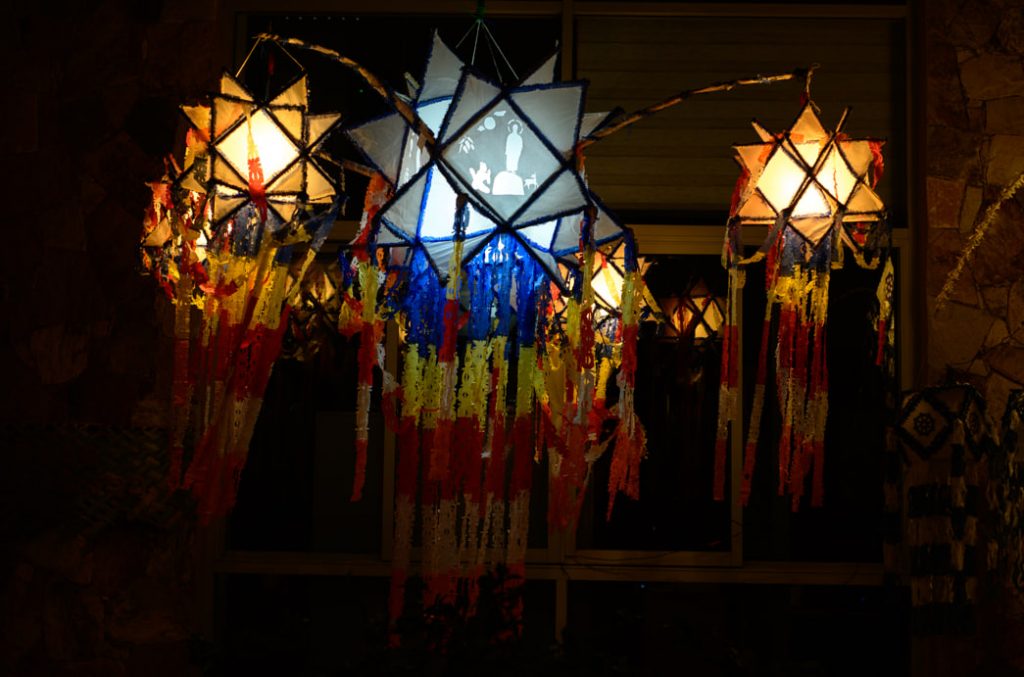Introduction: Crafting Light and Art with Origami
Origami lighting is an intersection of traditional craft and modern design, where simple paper folding techniques are transformed into functional and decorative lighting fixtures. The process of creating origami lighting is both rewarding and challenging, as it requires precision, patience, and creativity.
In this guide, we’ll walk you through the steps involved in crafting your very own origami lighting design. Whether you’re a beginner or an experienced designer, this article will provide valuable tips and techniques for creating stunning origami-inspired lamps.
1. Materials You’ll Need for Your Project
The first step in creating an origami lighting fixture is selecting the right materials. While paper is the traditional material used in origami, for lighting purposes, you’ll need to use materials that are both foldable and able to withstand the heat produced by the light source.
Recommended materials include:
- Origami paper: Specially designed for folding, it’s lightweight and available in various textures and colors.
- Tyvek or biodegradable fabric: A lightweight, tear-resistant material perfect for creating durable, heat-resistant lighting fixtures.
- LED bulbs and wiring: LEDs are ideal for origami lighting because they produce minimal heat and are energy-efficient.
- Scissors, bone folder, and ruler: These tools will help you achieve precise folds and clean cuts.
- Glue or adhesive tape: Strong adhesive will secure folds and parts of your light structure.
Tip: Always opt for materials that are fire-retardant to ensure safety.
2. Basic Folding Techniques for Beginners
Before jumping into your lighting project, it’s essential to master a few basic origami folds. Understanding these folds will allow you to create more complex shapes and forms.
Basic folds include:
- Valley Fold: A simple fold that creates a sharp crease. It is the foundation of most origami designs.
- Mountain Fold: The opposite of the valley fold, used to create 3D shapes.
- Reverse Fold: Allows you to create more intricate structures, like points or pleats.
Once you feel comfortable with these basic techniques, you can begin experimenting with different shapes and folds to design your lampshade.
3. Designing Your Origami Lighting Structure
The key to a successful origami lighting design is the structure of your folds. There are many patterns and templates to choose from, but for your first project, it’s advisable to start with a simple geometric shape like a cube, pyramid, or lantern.
Step-by-step design tips:
- Start with a square piece of paper: This is the most common starting point for origami designs.
- Fold and shape the paper into a basic form: Use valley and mountain folds to create a 3D shape.
- Add complexity: Once you’ve mastered the basic structure, add more folds or combine multiple shapes to form intricate patterns.
- Reinforce: Depending on the size and complexity of your design, you may need to reinforce the folds with a small amount of glue or tape.
Tip: Keep your design light and symmetrical for the best lighting effect. A balanced design will help diffuse light evenly and avoid dark spots.
4. Adding the Light Source
Once your origami structure is complete, it’s time to add the light source. LED lights are ideal for origami lamps because they produce minimal heat and come in a variety of colors and brightness levels. They can be easily integrated into your design to create the perfect lighting effect.
Step-by-step lighting integration:
- Choose the right LED light: A small LED bulb or strip is perfect for origami lighting. Make sure the bulb is low-wattage to prevent overheating.
- Install the light fixture: Depending on your design, you may need to create a pocket or compartment to house the light. Secure the light source with adhesive or small clips.
- Wiring: If you’re using a wired setup, ensure the wires are neatly hidden and safely connected.
Tip: Use dimmable LEDs if you want to control the brightness and create different moods in your space.
5. Final Touches and Installation
Once your origami lighting design is complete and the light source is securely installed, it’s time to add the final touches.
Step-by-step final touches:
- Check for symmetry and alignment: Make sure all folds are crisp and aligned to create a balanced look.
- Secure any loose ends: Use glue or tape to reinforce weak points in the design.
- Install the fixture: Mount your origami light on the ceiling, wall, or table. Ensure the light is safely positioned and properly secured.
Conclusion: Crafting Your Own Lighting Masterpiece
Creating origami lighting is a rewarding and creative process that allows you to blend art with function. By following these simple steps and mastering the techniques, you can design your own unique lighting pieces that bring warmth and beauty to any space.
Whether you’re making a pendant light for your dining room or a table lamp for your bedroom, origami lighting will bring an artistic touch that elevates the atmosphere of your home.

